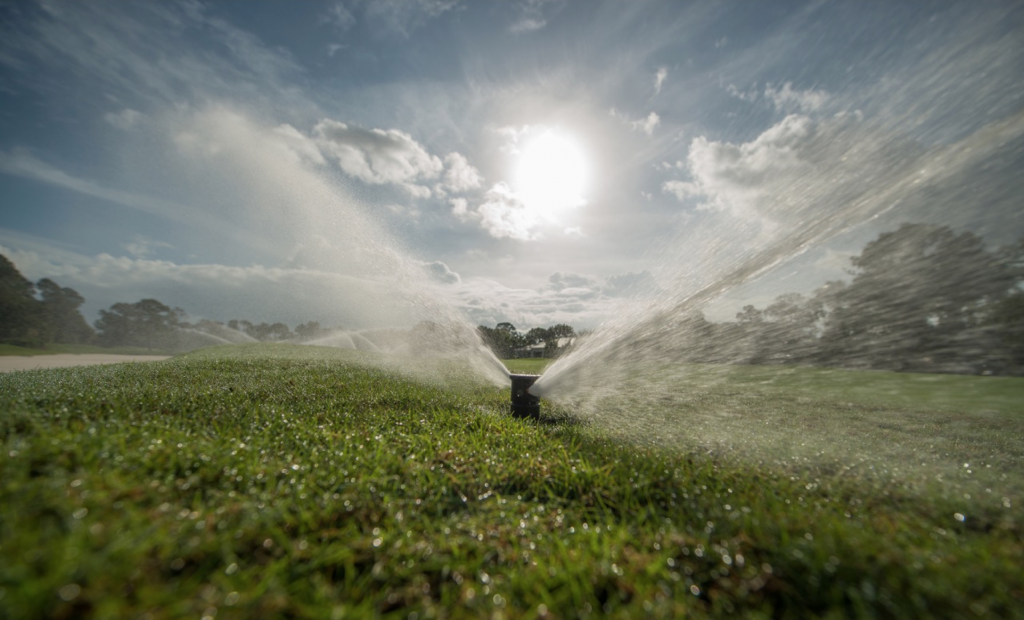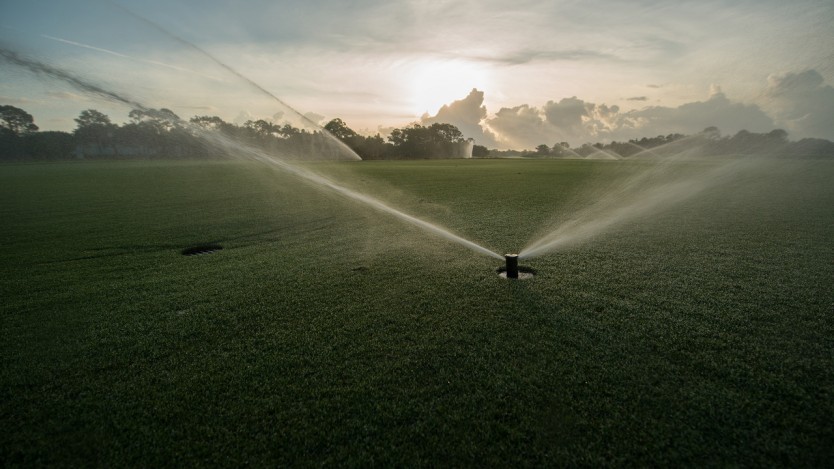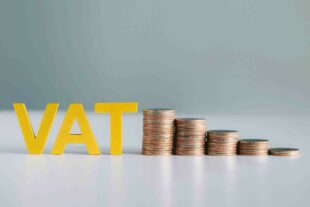How more efficient irrigation can save your golf course thousands
As a golf club manager, keeping golfers and visitors happy inevitably means you’re juggling a dozen different operational priorities at any one time. And money management can be one of the trickier aspects, even if you have a treasurer ably supporting you by managing your cash flow and tightly controlling your club’s budget.
As prices have risen, clubs, like all businesses, have seen profits squeezed across the board. In common with every business owner, you’ll always be looking for efficiencies and ways to reduce your fixed and running costs whenever and wherever possible. There’s a caveat of course; that you don’t adversely affect playing surfaces or the customer experience, for either your members or visitors.
Although irrigation appears relatively straightforward on the face of it; simply controlling the application of water to achieve the optimum playing surface, managing it more efficiently can present challenges. According to the European Institute Golf Course Architects*, without efficient irrigation, fairways and greens are typically overwatered by 30 to 50 percent.
As well as the agronomic impact of inefficient irrigation, especially overwatering, there’s also the impact on your club’s more important stakeholders – your golfers. The aim of improving irrigation efficiency has to be centred on creating and sustaining top quality playing surfaces that deliver the best playing experience possible.
Courses have significant opportunities to save money by using water, energy, equipment and staff resources more wisely, with change in emphasis. Typically, the ins and outs of course irrigation are managed by your head greenkeeper or course manager, responsible for all the hard work that goes on day to day, keeping your greens and fairways in the best condition possible for play.
But let’s take a fresh look at irrigation, not only in terms of the condition of playing surfaces, but in the broader context of the club as a business and how you could begin to be more effective in monitoring, managing and reducing repair and running costs.
Irrigation System Performance
A good start would be your course manager who can help you get a detailed understanding of the potential of your irrigation system and linked controls in place already. Getting the most from your system means setting it up correctly and making sure it continues to perform as efficiently as possible by performing regular, routine maintenance.
-
1. How much does golf course irrigation cost your club each year?
Having robust business metrics means that together with your course manager, you can begin to measure your current costs and work out where further efficiencies could be made when it comes to watering regimes or irrigation processes. An alternative approach, measuring irrigation in millimetres rather than in minutes combined with new technologies, enabling your system to respond in real time to changing weather conditions, is current best practice in improving irrigation efficiency.
2. What do you spend on preventative maintenance and upgrades?
Does your club or course manager have a planned approach to maintenance and replacement of irrigation systems or does repair and replacement only tend to happen when something breaks down? Should the club be planning to make any on-going investment, to prolong the life of the existing system and also improve its performance?
3. How does the club measure water usage on the course and off and how much electricity do you use to power irrigation systems?
Would having a separate meter for water use or for powering your irrigation system enable you to more accurately measure water and electricity consumption?
4. What is your approach to risk management and disaster planning for course irrigation?
Have you planned in physical and financial terms for any unforeseen or unusual weather events that could affect course irrigation, such as system failure, drought or water source disruption? What might future proofing your system involve?
5. How can you use new technologies to drive irrigation system efficiencies?
Many course irrigation systems have features that are either not being used or fully exploited. Software will have raft of features that can give you data to help you, so make sure you find out what its capabilities are. If your software’s working harder for you, staff time, and more importantly, staff expertise, can be given over to other priorities and concerns.
6. How do we find out what new technology is available and learn about best practice that could benefit us and save the club time and money?
As technology and business practices change, how does your course manager find out what’s new in terms of irrigation technology? Who do you ask or approach when it comes to getting the most from your irrigation system and your current practices? Look out for any CPD opportunities and training events that may be available which offer a specific emphasis on improving the performance of irrigation systems and can help you to identify new ideas and approaches to watering efficiency.
Innovation and Best Practice
If you’ve first understood the current operational capability and performance of your irrigation system, then you can then begin to turn your attention to irrigation best practice and what that means for managing future cost efficiencies in your club.
“With the latest irrigation and control system technologies, it’s all about simplicity of installation, maintenance and ease of use”
Irrigation practice is also developing and changing as technology advances. It’s possible to assess in a precise way, exactly when and how much watering is required in different circumstances, when applying fertiliser or wetting agents, for example. Becoming more precise and scientific in approaching irrigation gives the course manager the opportunity to reduce overwatering and potentially reduce all the associated costs involved too.
Alastair Higgs, Golf Sales Specialist at Rain Bird Europe says, “Every golf course manager wants to achieve the best possible playing surfaces. With the latest irrigation and control system technologies, it’s all about simplicity of installation, maintenance and ease of use. Next generation irrigation systems now combine computer-aided design with GPS geo-referenced images and state-of-the-art ET-based scheduling which reacts instantly to changes in the weather and field activity. With some initial training and support for users, they really are easy to install and use.”
Course irrigation is actually a more complex subject that it looks, involving a costly combination of equipment, products, people, water and energy. Maintaining high quality playing surfaces without wasting water, energy or nutrients, merits a closer look. Chances are there’ll be a good payoff.
⃰European Institute Golf Course Architects: Water Management and Golf Course Design, 2016.
This advertorial feature article was first published in The Golf Club Manager – the official journal of the GCMA. If you would like to receive the journal, either join the GCMA today, or subscribe to the magazine.

The intelligent use of water with Rain Bird
How does the effectiveness of your greenkeeping team affect your business and its customers?
Alastair Higgs from Rain Bird will lead discussions on the importance of encouraging the effective use of irrigation techniques and modern greenkeeping technology to deliver the best possible service to stakeholders. What should you be monitoring to get the best from your course manager and their team? The first half of the day will be structured discussions by Alastair, before a networking lunch, followed by an open forum session looking at issues clubs are face on the ground.
South – Camberley Heath Golf Club | Monday June 5 2017 | 10.30am – 3.30pm
Book now
North – Ilkley GC | Wednesday 6 September 2017 | 10.30am – 3.30pm
Book now
Tweet Rain Bird’s seminars @rainbirdgolfuk
By GCMA



